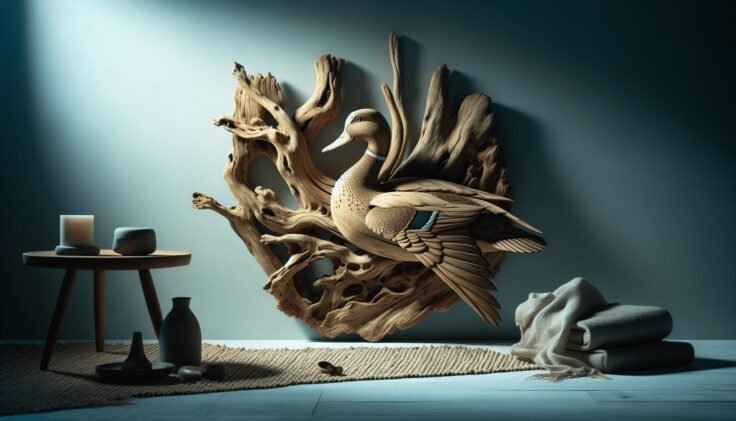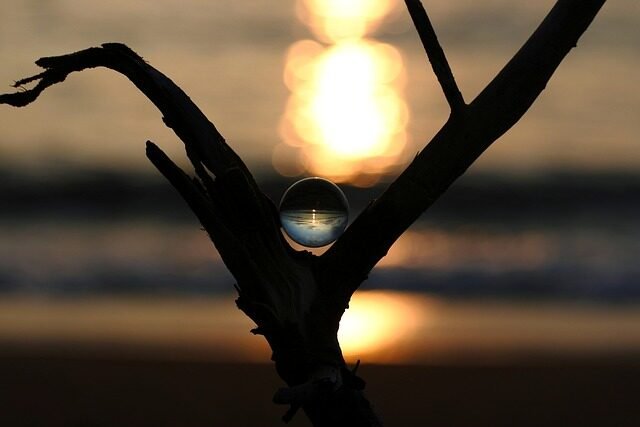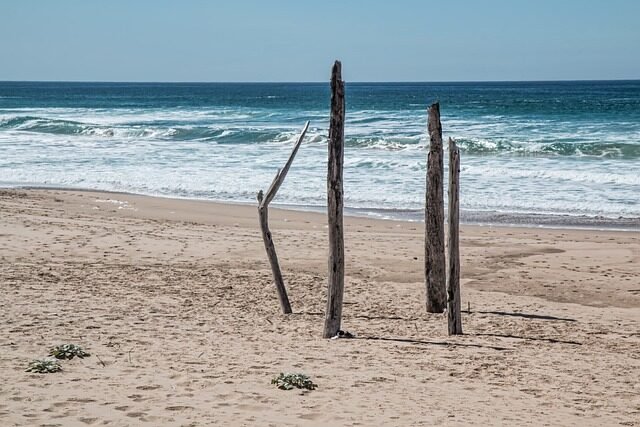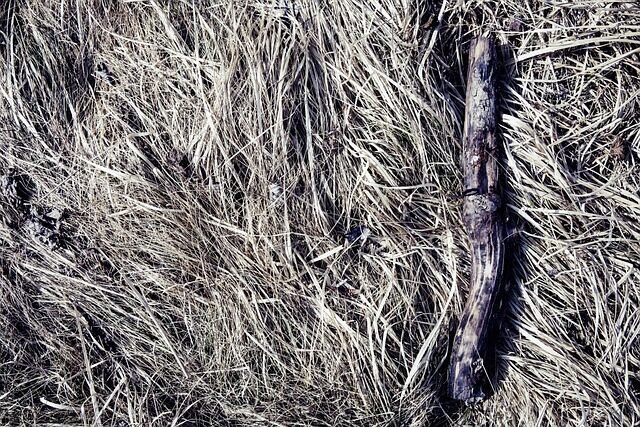Have you ever wondered how driftwood can transform into a stunning piece of art? When it comes to creating a beautiful and eye-catching display for duck taxidermy, a driftwood duck mount can be the perfect choice. These mounts not only showcase the natural beauty of the wood but also celebrate the skill and artistry of the taxidermist. Let’s dive into the process and artistry behind creating a driftwood duck mount, so you can appreciate the craftsmanship and maybe even try it yourself one day.

What Is a Driftwood Duck Mount?
A driftwood duck mount is a piece of taxidermy where a duck is mounted onto a piece of driftwood. The driftwood acts as a natural and rustic base that complements the duck’s posture and appearance, ensuring that the final piece is aesthetically pleasing. This combination creates a unique blend of nature and artistry, perfect for displaying in homes, offices, or hunting lodges.
Driftwood vs. Traditional Mounts
Unlike traditional taxidermy mounts that often use synthetic materials or plain wooden bases, driftwood mounts incorporate a piece of wood that has been naturally shaped and textured by water and time. This adds a layer of authenticity and charm, making each mount distinct.
Why Use Driftwood?
Driftwood is more than just a piece of wood; it tells a story of its journey through rivers and oceans, shaped by the forces of nature. But why is it chosen for duck mounts specifically?
Aesthetic Appeal
Driftwood possesses a unique texture and color that can enhance the visual appeal of the mount. The rugged and weathered appearance gives the mount a natural and organic look that seamlessly integrates with the wildlife theme.
Versatility
Driftwood comes in all shapes and sizes, offering endless possibilities for creativity. Taxidermists can select a piece that perfectly matches the size and pose of the duck, ensuring a harmonious display.
Sustainability
Using driftwood is an environmentally friendly choice, as it repurposes natural materials that would otherwise go to waste. It’s often collected ethically, ensuring that environmental impact is minimal.
Choosing the Right Driftwood
Selecting the perfect piece of driftwood is crucial for creating a stunning mount. Here are some factors to consider:
Size and Proportion
The driftwood should complement the size of the duck, neither overwhelming nor underwhelming it. The mount will look unbalanced if the driftwood is too large or too small.
Shape
Consider how the shape of the driftwood can interact with the duck’s form. A piece with natural curves might cradle a swimming duck, while a jagged style might suit a bird in flight.
Texture and Color
The texture should add to the overall aesthetic without distracting from the duck itself. Similarly, the color should highlight the duck’s plumage and not overshadow it.
The Art of Duck Taxidermy
Creating a driftwood duck mount is about more than just attaching a preserved duck to a piece of wood. Let’s explore the artistry behind this captivating craft.
The Process of Taxidermy
- Skinning: The first step involves carefully removing the duck’s skin, including feathers and other outer layers, in a way that preserves its natural appearance.
- Preservation: The skin must then be treated with preservation chemicals to prevent decay and maintain flexibility.
- Mounting: The preserved skin is placed over a form, often made from foam or similar material. This is where the skill of the taxidermist comes into play, ensuring that the duck appears lifelike.
- Detailing: Eyes, beak, and other features are carefully crafted or preserved, enhancing the realism of the mount.
Mastering the Art
A great taxidermist can turn a lifeless form into a breathtaking piece of art. The duck’s posture, expression, and placement on the driftwood all showcase the artisan’s eye for detail and creative vision.

Personalizing Your Driftwood Duck Mount
Customization is key when it comes to making your mount special. Here’s how you can personalize your display.
Positional Creativity
Choosing an interesting or dynamic pose for your duck can add a personal touch. Whether it’s taking flight, swimming, or resting, each pose tells a different story.
Incorporating Other Elements
Additional natural elements can be included, such as moss, dried leaves, or other pieces of driftwood, to create a mini ecosystem around your duck mount. Be mindful not to overpopulate the display, as it should enhance rather than overshadow the duck and driftwood.
Signatures or Labels
Consider adding a small plaque that includes information about the duck, the location where it was hunted or found, and the artist behind the mount. It’s a pleasing touch that adds context and personalization.
Maintaining Your Driftwood Duck Mount
Proper care and maintenance will ensure your mount remains as stunning as the day it was created.
Cleaning
Dust your mount regularly using a soft brush or feather duster. Avoid using water or cleaning products, as these can damage both the feathers and the driftwood.
Placement
Keep your mount out of direct sunlight and away from extreme temperatures or humidity levels. This will help prevent fading and warping over time.
Repairing Damage
If your mount does get damaged, consult with a professional taxidermist for repairs. They can provide the necessary expertise to restore your piece without compromising its visual integrity.
The Cultural and Emotional Significance
For many, a driftwood duck mount is more than just decor. Here’s a glimpse of its deeper meanings.
Connection to Nature
These mounts bring a piece of the wild indoors, serving as a constant reminder of the beauty and majesty of nature. It’s a subtle way to stay connected to the natural world.
Trophy and Memory
For those who hunt, a duck mount can serve as a memento of a successful hunt and a way to honor the animal. Even for non-hunters, it can symbolize respect for wildlife and artisan skills.
Conversation Starter
A well-crafted mount can ignite intriguing conversations about nature, artistry, and personal experiences, serving as a point of interest for visitors.
Driftwood Duck Mounts in Interior Design
Integrating driftwood duck mounts into your interior design can enhance your space in unique ways.
Rustic and Nature Themes
These mounts are perfect for rustic cabins or nature-themed rooms. They can complement wood, leather, and natural fiber furnishings beautifully.
Modern and Eclectic Spaces
Even modern or eclectic spaces can benefit from the inclusion of a driftwood duck mount. Its natural form and texture can provide a striking contrast against sleek, minimalist decor.
Finding or Commissioning a Driftwood Duck Mount
Whether you want to make your own duck mount or find an artisan to do it, there are plenty of options available.
DIY Enthusiasts
For those who love hands-on projects, crafting your own driftwood duck mount can be incredibly rewarding. Ensure you have the necessary skills and tools, or consider taking a workshop to learn the basics.
Professional Taxidermists
If you prefer to leave it to the experts, many skilled taxidermists specialize in creating custom driftwood mounts. Look for a professional with expertise in this area and review their portfolio to ensure their style matches your vision.
Pricing: What to Expect
Understanding the cost involved can help you set expectations and budget accordingly.
Factors Influencing Cost
Several elements affect the price of a driftwood duck mount, including:
- Size and type of duck
- Complexity of pose
- Quality and rarity of driftwood
- Reputation and skill level of the taxidermist
Typical Price Range
Generally, prices can range anywhere from a few hundred to several thousand dollars, depending on the factors listed above and your location.
Cost-Benefit Analysis
Consider the cost as an investment in a unique piece of art that will last for many years, providing joy and aesthetic value.
Conclusion
Creating or acquiring a driftwood duck mount involves a blend of skill, artistry, and an appreciation for the natural world. Whether as a DIY project or a professionally crafted piece, it offers a unique way to celebrate nature’s beauty and the craft of taxidermy. With proper care, your mount will continue to be a stunning element that delights and intrigues, while also maintaining its value and significance over time.




